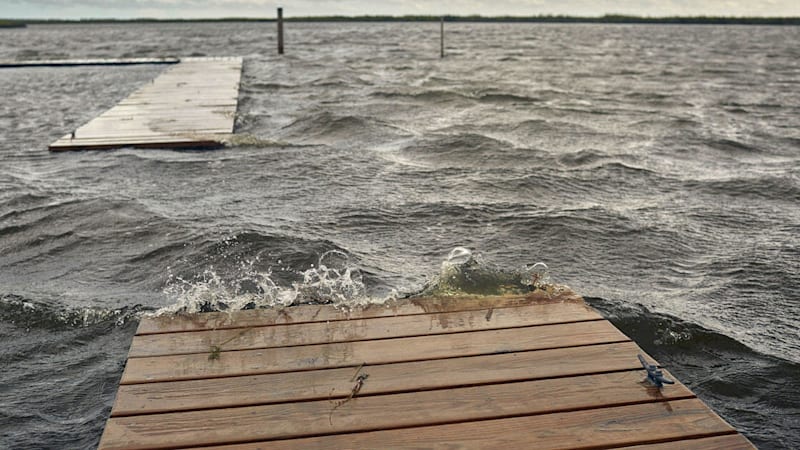
Tide and Time
Tide and Time is a project supported by the Pulitzer Center Connected Coastlines Initiative and The Coastal Review Online that documents the effects of climate change and erosion on North Carolina’s Outer Banks. It focuses on a historic cemetery on Hatteras Island that is slowly washing into the Pamlico Sound, the locals with ancestors buried in this tiny plot of land, and the eroding marsh ecosystem around it. The Outer Banks are a chain of narrow, ever-shifting barrier islands built, nourished and reshaped by storm surge during hurricanes which wash sand across the islands, causing them to migrate west toward North Carolina's mainland. But this process is prevented by overdevelopment on the beachfront, and the highway that threads the island villages to support Dare County’s billion-dollar-a-year tourism industry. Today, more frequent and intense storms fueled by climate change are eroding the Outer Banks, and, by 2100, six feet of global sea level rise threatens to inundate them completely. My late grandfather grew up on the Outer Banks, and a group of local preservationists trying to save the cemetery discovered that we share a distant ancestor who was once buried there, but a storm sucked her body into the Pamlico Sound years ago. They introduced me to an elderly woman born on Hatteras Island who has watched the sea steadily reshape and reclaim the only home she’s ever known. The cemetery is sacred ground to her, and she still wants to be buried there beside her grandparents even if the sea eventually takes her bones. As their island home is rendered unfamiliar by erosion and sea level rise, some Outer Banks locals are experiencing what philosopher Glenn Albrecht coined as ‘solastalgia’, or a homesickness and distress specifically caused by environmental change around their home, and a sense of powerlessness over that change. But retreating from the sea, from their home, seems unthinkable. This work tells a story about ancestral connection to home, the slow creep of climate change in the lives of ordinary people and how they are adapting to live more symbiotically with the sea.
- Editorial Photographer


